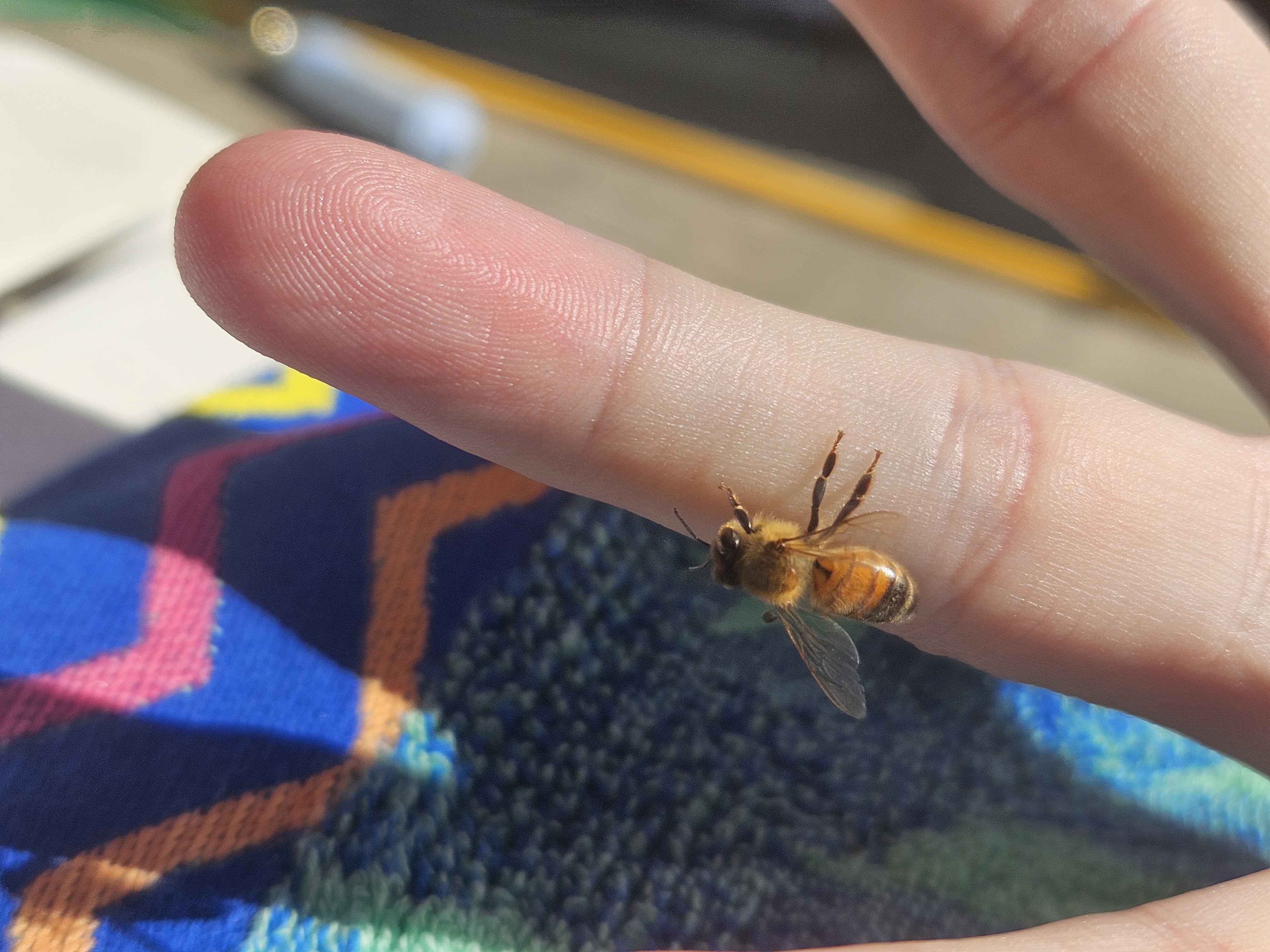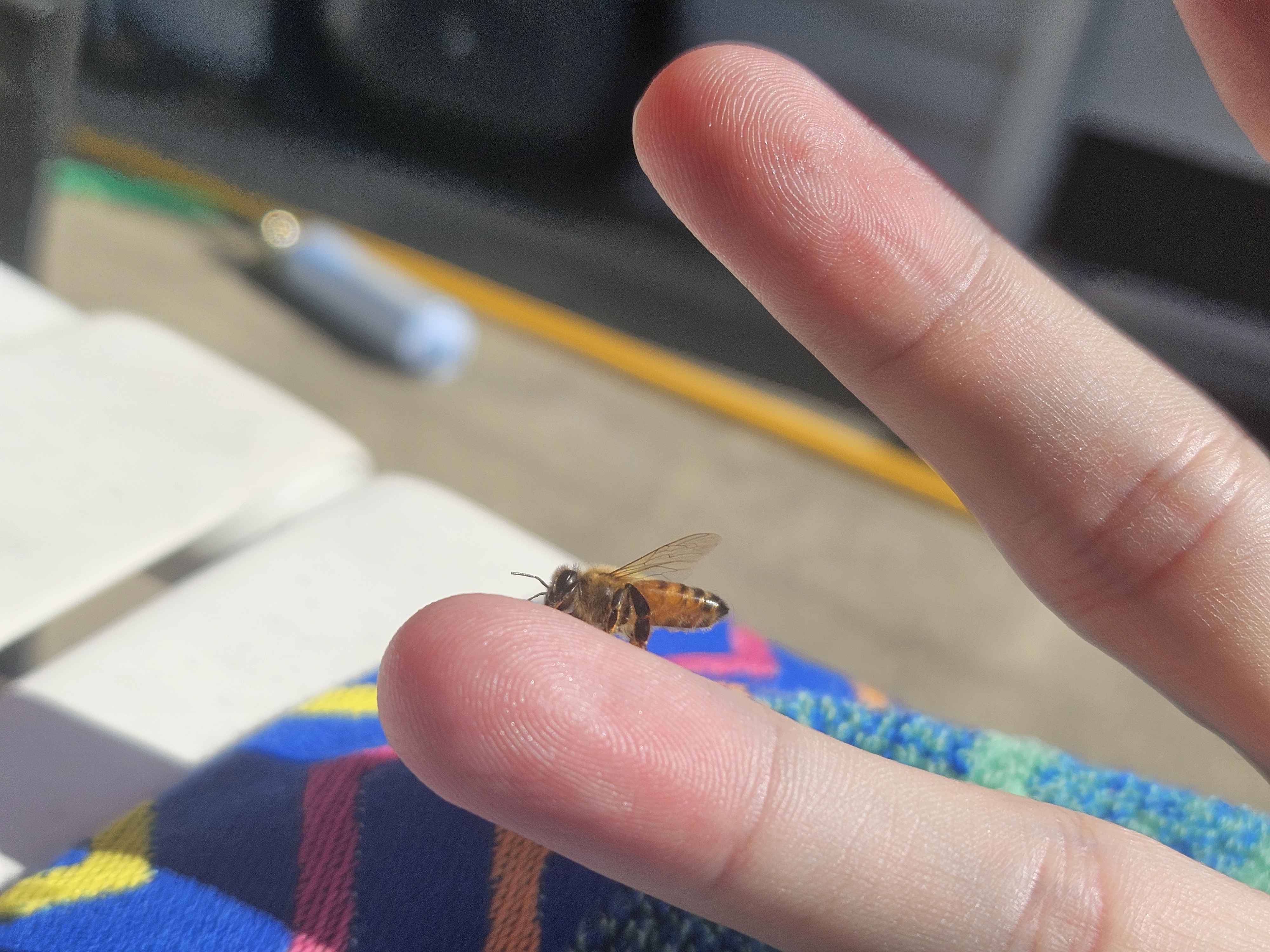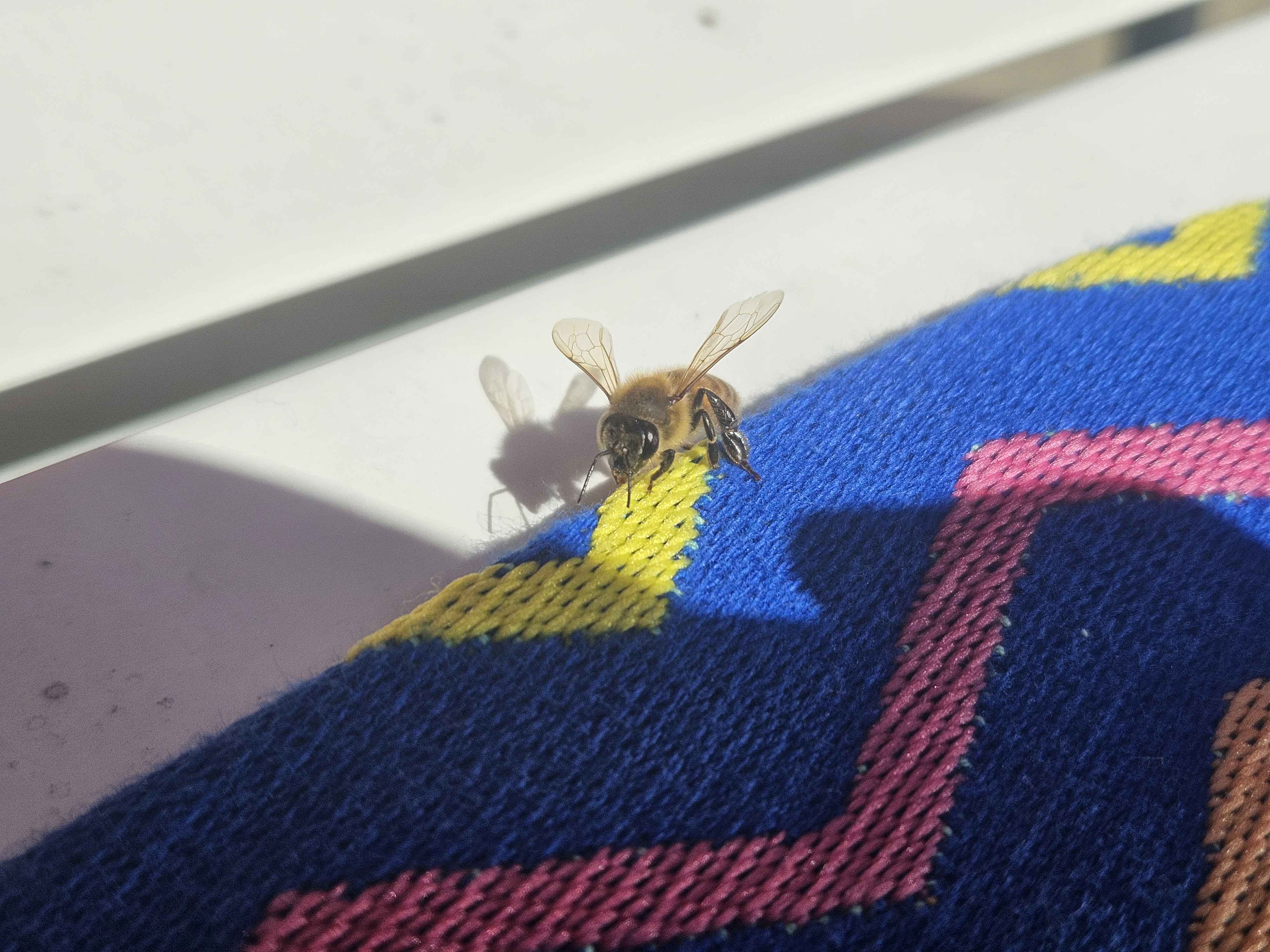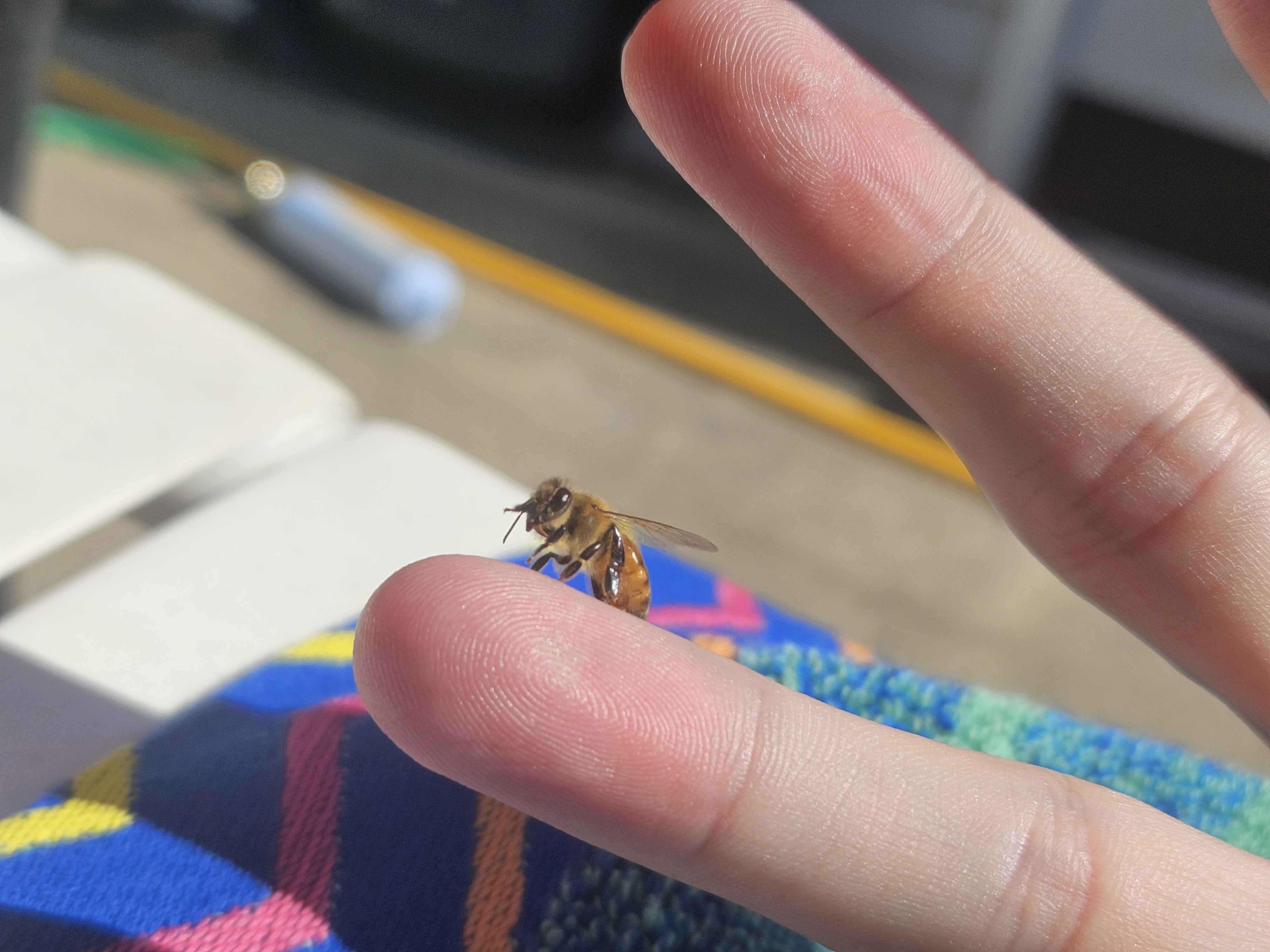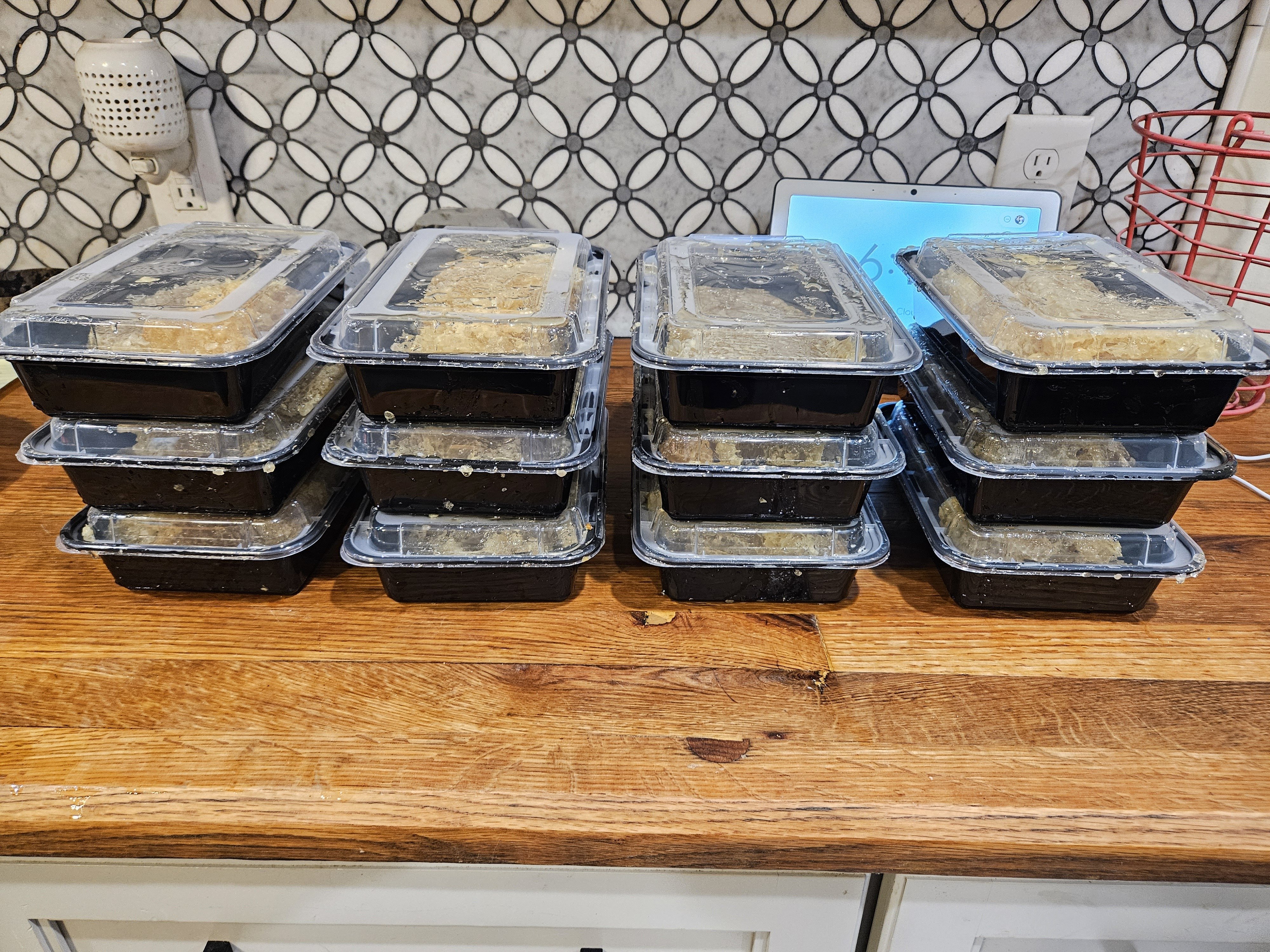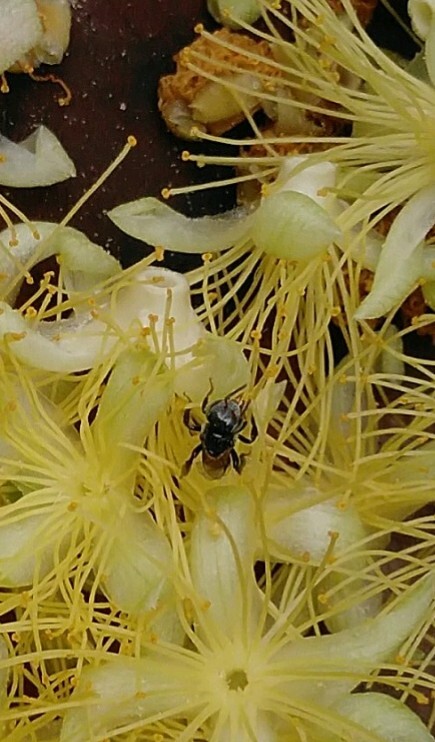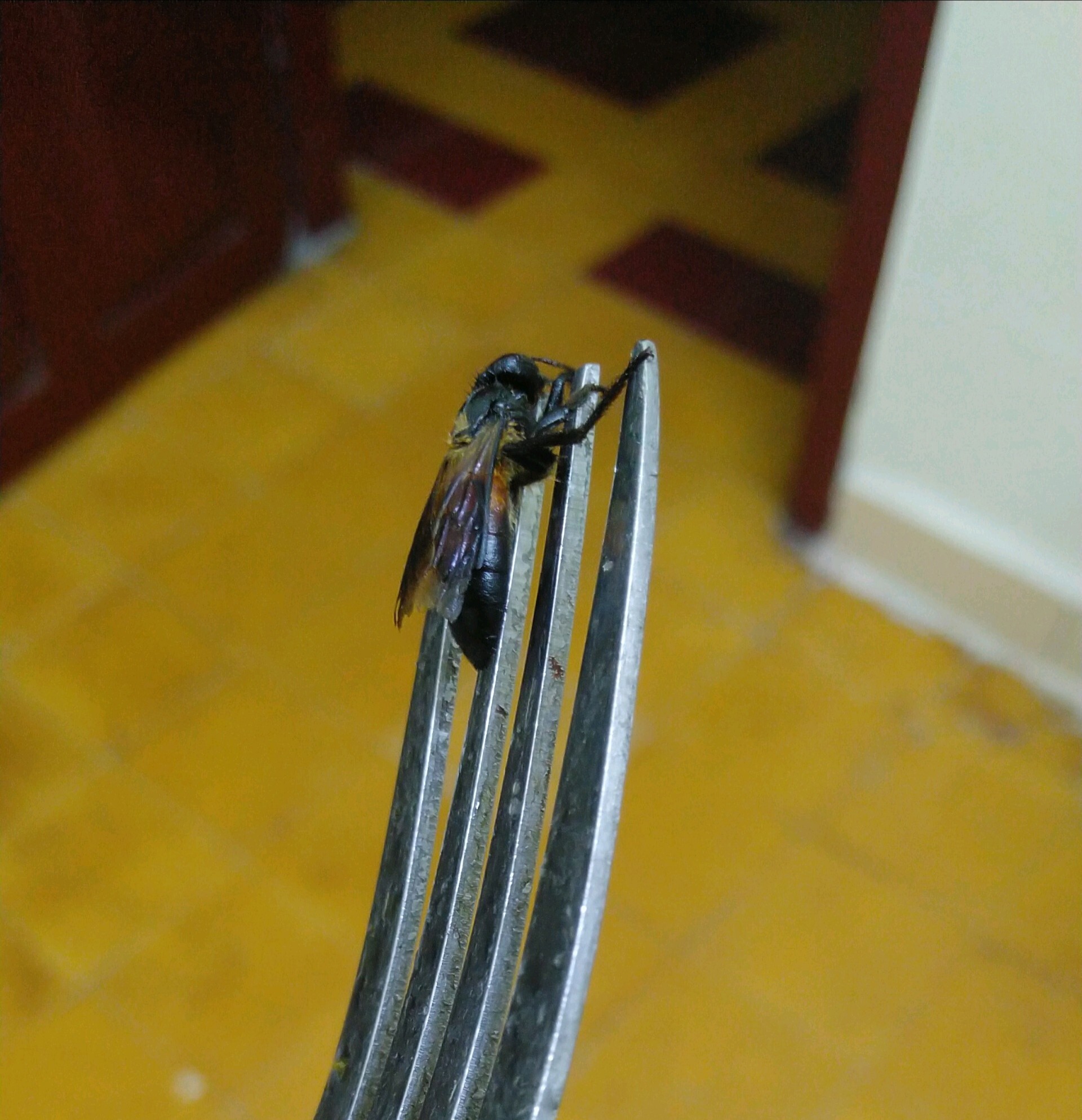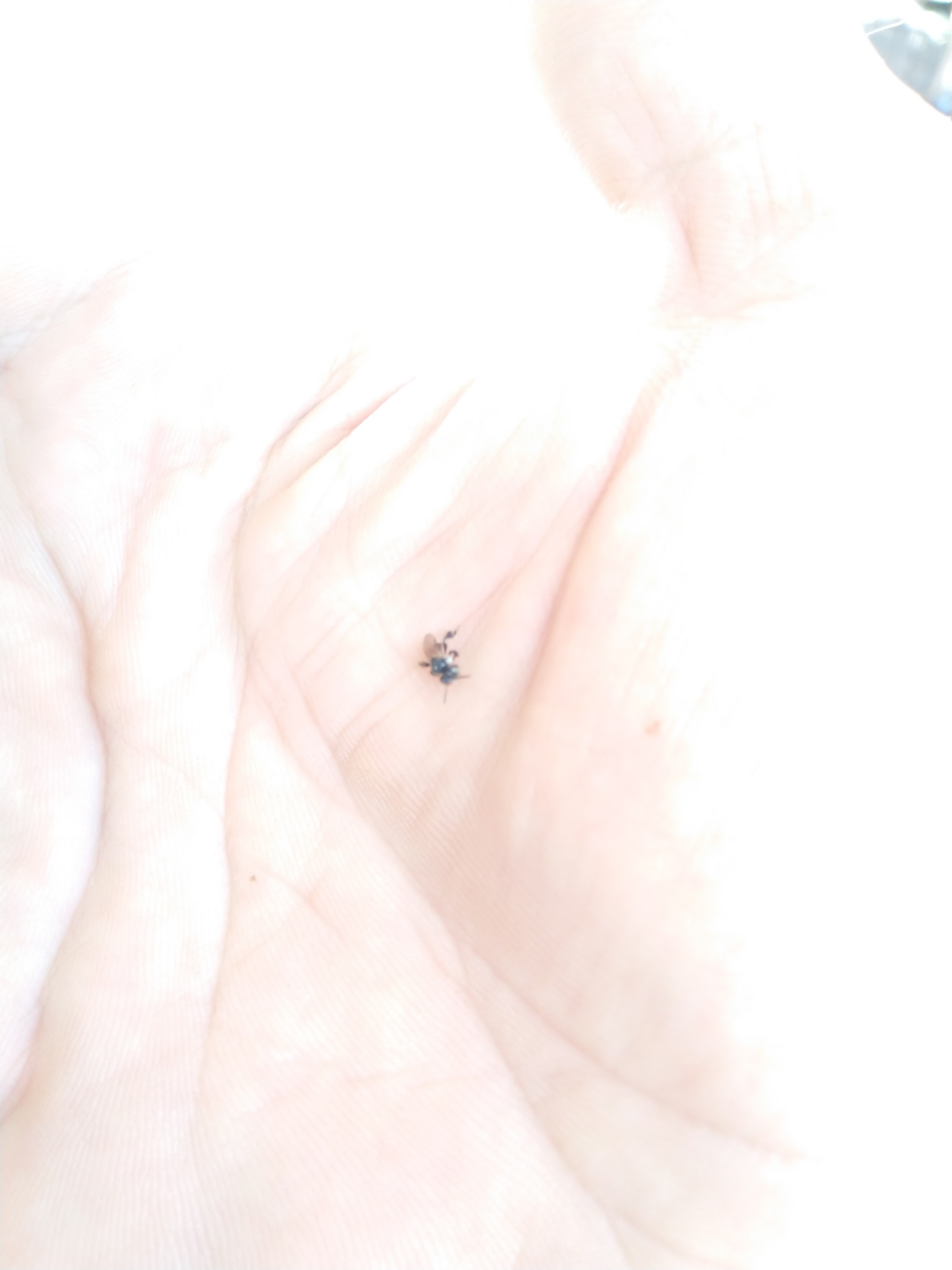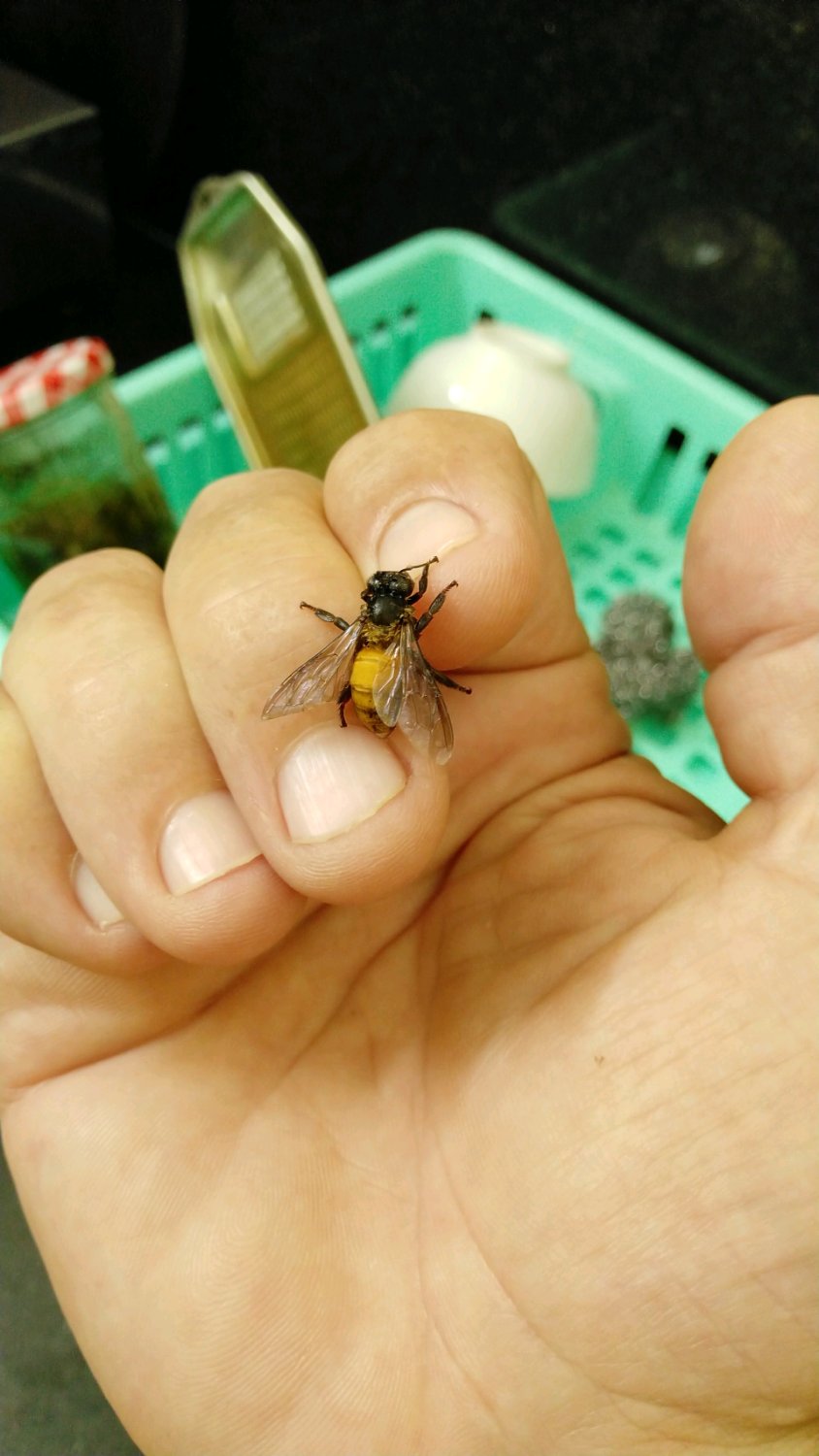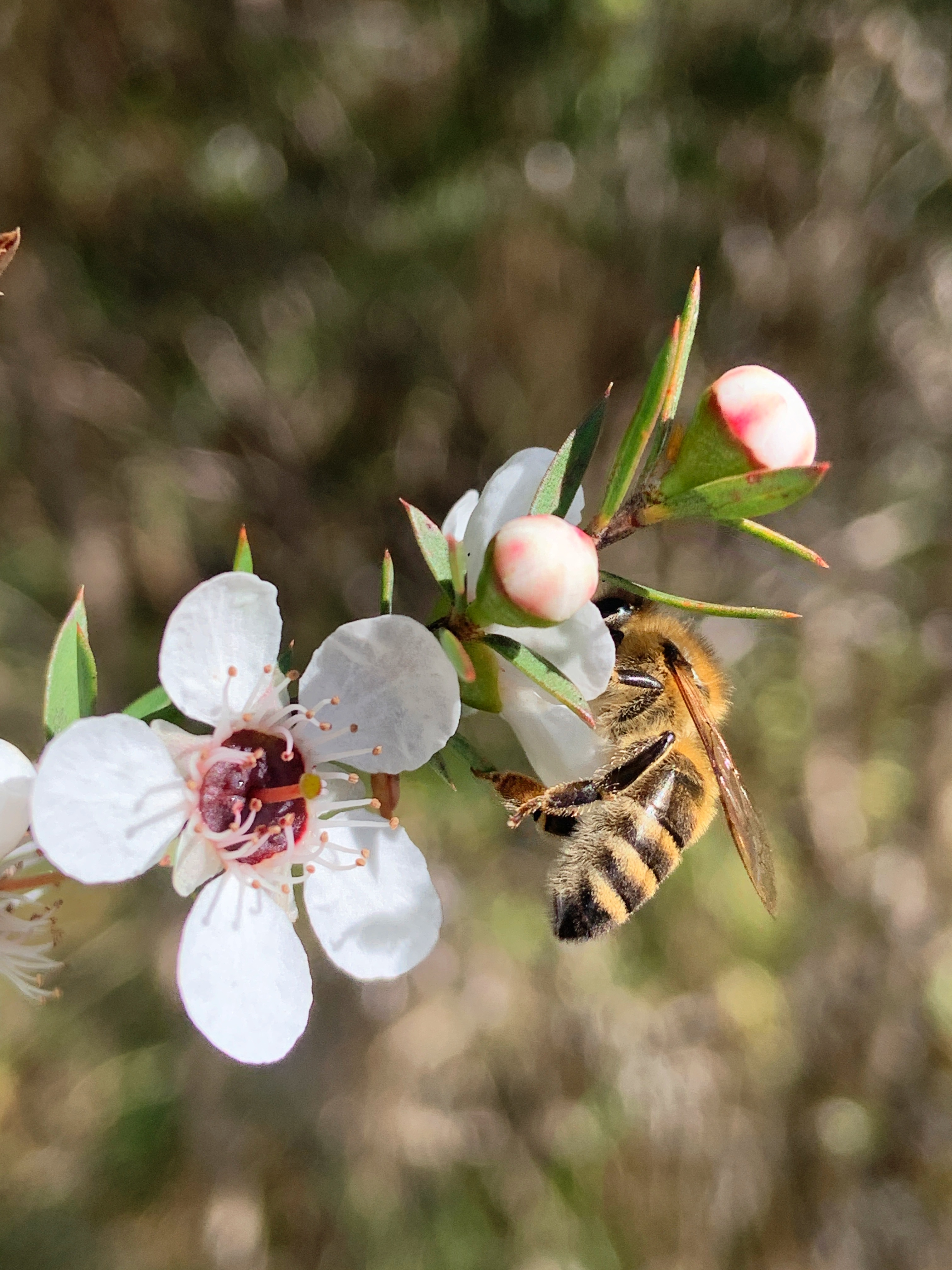Beekeeping and Bees
467 readers
24 users here now
Beekeeping, bee gardens, bee research, bee pictures, and honey appreciation.
founded 1 year ago
MODERATORS
1
3
4
5
6
7
8
9
10
11
12
13
14
15
16
17
18
1
CROSSPOST___Australia abandons effort to eradicate varroa mite after 14,000 bee hives destroyed
(www.theguardian.com)
19
20
21
22
23
24
25
view more: next ›
